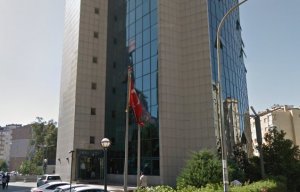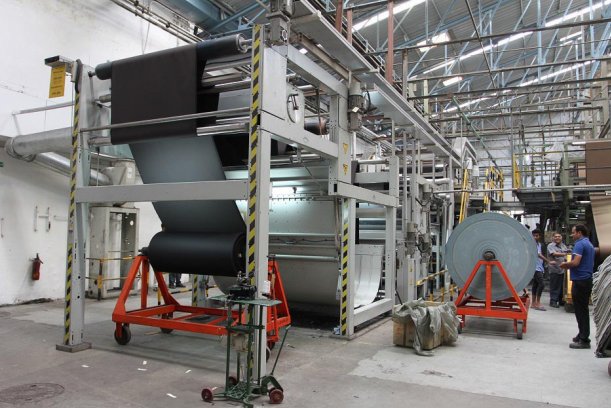
Growing METYX Composites moves to new headquarters
New plant is projected to save roughly 60 litres of water per kg of fabric.

12th June 2025
Innovation in Textiles
|
Gujarat, India
A new woven and knitted cotton fabrics manufacturing site being planned by Arvind with the assistance of Fashion for Good aims to achieve a reduction in greenhouse gas emissions of up to 93% compared to conventional manufacturing operations.
The plant, to be situated in Gujarat, India, will represent the first physical facility of the new Future Forward Factories India initiative aimed at transforming Tier 2 factories – as the backbone of the supply chain – into operations that are both environmentally responsible and economically viable.
Based on an open-source, modular blueprint, Arvind’s new plant is projected to save roughly 60 litres of water per kg of fabric while operating as the industry’s first near net-zero textile production centre. The blueprint also has a focus on maximising the commercial feasibility of a Future Forward Factory, and assessing and developing subsidies, grants and incentives to close the viability gap.
The plant will be subject to viability gap funding support from industry stakeholders to make some of the leading innovations financially viable.
Blueprint
“With Future Forward Factories, we are taking decisive action to catalyse transformation through both knowledge-sharing and practical implementation,” said Katrin Ley, managing director of Fashion for Good. “By developing a blueprint and working with Arvind to build an actual facility that addresses the challenges of Tier 2 manufacturing – where 52% of the industry’s CO2 emissions and almost all water and chemical usage occurs – we can demonstrate real-world solutions that drive systemic change.”
The blueprint incorporates strategies to achieve multiple environmental and social objectives including:
- Near net-zero operations through renewable energy integration and advanced process technologies.
- Water Reduction by minimising fresh water usage and incorporating waterless technologies for processes like printing.
- ZDHC level 3 compliance for chemicals, with potential reductions in the quantity of chemistry required due to newly developed processes.
- Improvement in wastewater quality through novel treatment approaches, leading to a lower requirement for wastewater treatment.
- Developing a framework to enable a just transition that ensures worker well-being as factories adopt climate-friendly technologies.
“We are excited to join forces with Fashion for Good to drive this transformative initiative,” said Punit Lalbhai, vice chairman of Arvind. “By both developing a blueprint and constructing the plant, we will demonstrate how these technologies can be implemented at scale to address the textile industry’s biggest environmental challenges.”
Funding
The initiative is already backed by a strong network of committed catalytic funders including Laudes Foundation, Apparel Impact Institute and IDH, as well as on-ground partners Bluwin, Wazir Advisors, Grant Thornton Bharat and Sattva Consulting who are collaborating to deliver actionable insights and practical solutions.
The Future Forward Factories initiative has already received an enthusiastic reaction from industry, and Netherlands-based water engineer, dyestuff chemist and LCA analyst Shivam Gusain has written a very illuminating article with detailed calculations on it for Substack which can be read here.
“What if I told you that the most climate-effective investment in fashion today isn’t in a blockchain traceability app, or a next-gen fibre startup, or even a fancy recycling machine, but a wastewater heavy, dye stained, steam spewing Tier 2 textile factory in India?” he writes. “That’s not a rhetorical provocation. It’s math. Arvind’s Tier 2 solution tackles a known, quantifiable emissions hotspot. It’s not sexy, but it’s shovel-ready and backed by real operational expertise. It’s not trying to reinvent the fibre – it’s trying to fix how we use it.”

Business intelligence for the fibre, textiles and apparel industries: technologies, innovations, markets, investments, trade policy, sourcing, strategy...
Find out more